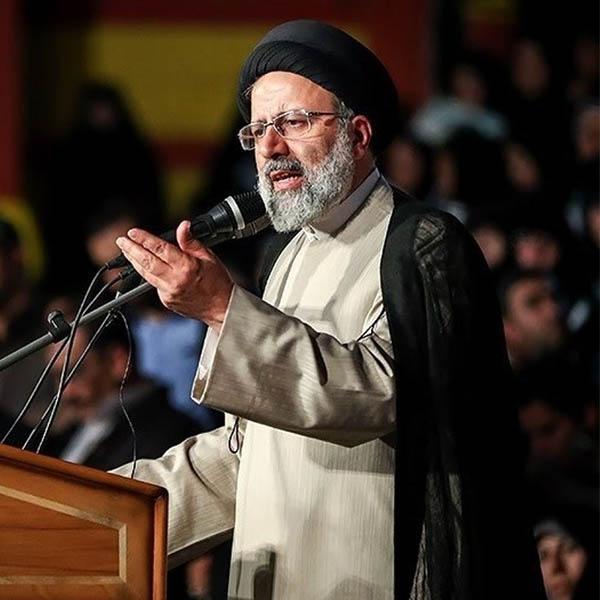Key Figures and Leaders
Featured Leadership
-
-
-
Ayatollah Ahmad Jannati
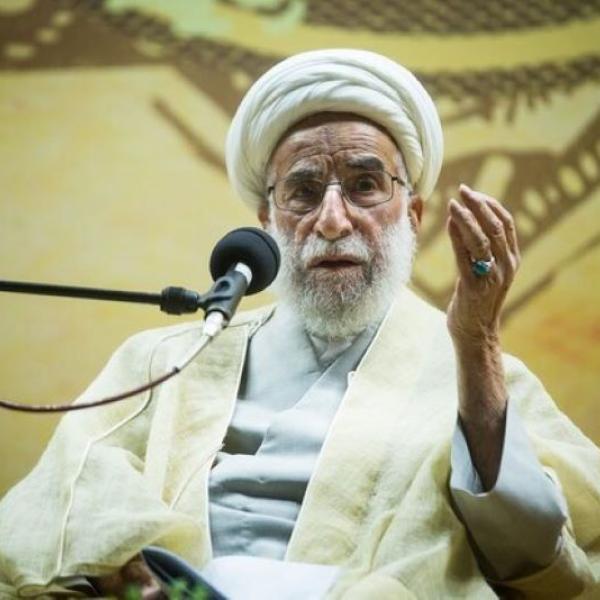
Chairman of Iran’s Assembly of Experts and Secretary of the Guardian Council
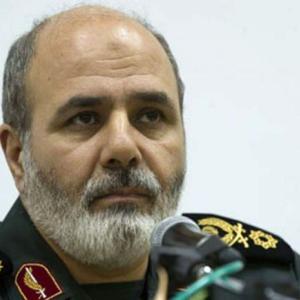
Dr. Ali Akbar Ahmadian
Secretary of Iran’s Supreme National Security Council
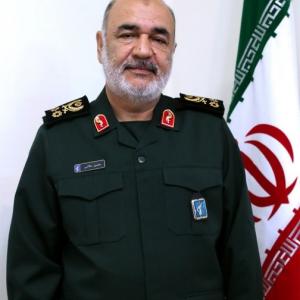
Major General Hossein Salami
Commander-in-Chief of the Islamic Revolutionary Guard Corps
Ali Baqeri-Kani
Deputy Foreign Minister
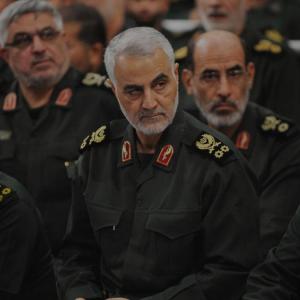
Major General Qassem Soleimani
Former Commander of the IRGC's Quds Force.
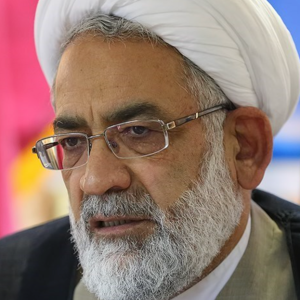
Mohammad Jafar Montazeri
Chief Judge of the Supreme Court of Iran
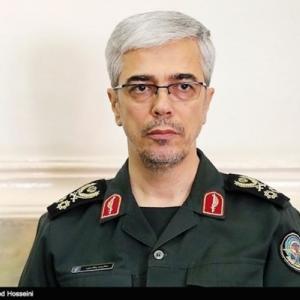
Major General Mohammad Bagheri
Chief of Staff of Iran’s Armed Forces
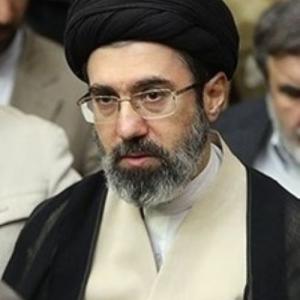
Mojtaba Khamenei
The Supreme Leader’s Gatekeeper & Guardian
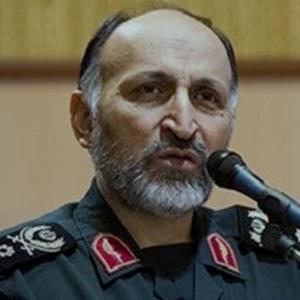
Mohammad Hejazi
Former Deputy Commander of the IRGC's Quds Force
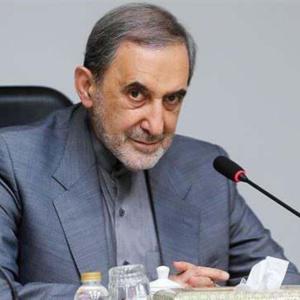
Ali Akbar Velayati
Foreign Policy Advisor to Iran’s Supreme Leader
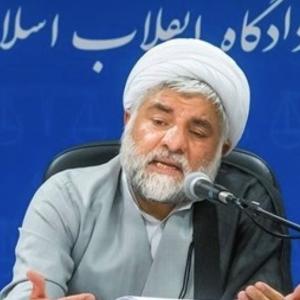
Mohammad Moghiseh
The Iranian Supreme Court’s New Hanging Judge
Receive Iran News in Your Inbox.
Eye on Iran is a news summary from United Against Nuclear Iran (UANI), a section 501(c)(3) organization. Eye on Iran is available to subscribers on a daily basis or weekly basis.
×
